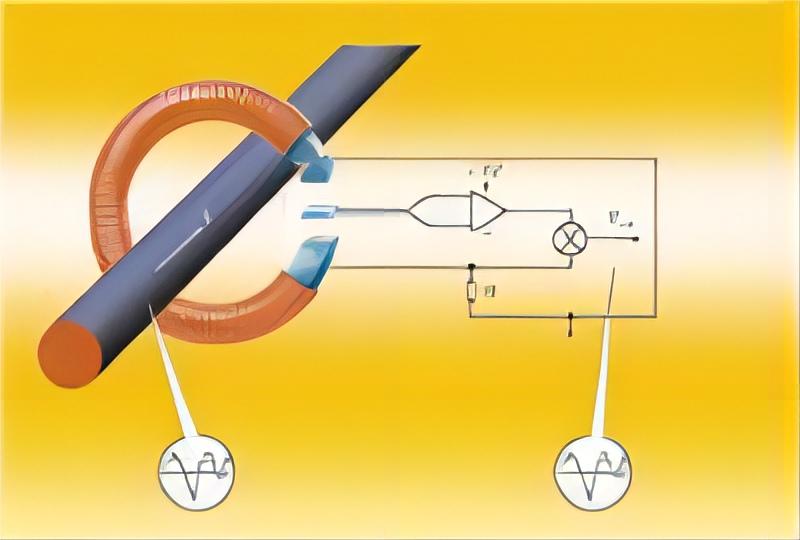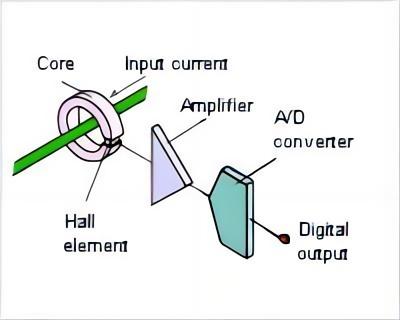Current sensing is a crucial aspect of electronic systems, providing essential data for monitoring and controlling electrical circuits. Among the various current sensing technologies, Hall current sensors, shunt resistors, and Rogowski coils are widely used. We’ll delve into a comprehensive comparison of Hall current sensors with these alternative technologies, exploring their strengths, weaknesses, and applications.
Hall Current Sensors
Hall current sensors utilize the Hall effect to measure current in a conductor. The Hall effect is the production of a voltage difference (the Hall voltage) across an electrical conductor, transverse to an electric current in the conductor and an applied magnetic field perpendicular to the current. In Hall current sensors, this voltage is proportional to the current flowing through the conductor, allowing for accurate current measurement.

Advantages
Non-Intrusive Measurement: Hall current sensors offer non-intrusive current measurement, as they do not require direct contact with the current-carrying conductor.
Wide Frequency Range: They are suitable for both DC and AC applications, covering a broad frequency range.
Isolation: Hall current sensors provide electrical isolation between the measured current and the sensor electronics, enhancing safety and minimizing interference.
Limitations
Saturation Effects: Hall sensors can experience saturation at high currents, limiting their use in applications with extremely high current levels.
Temperature Sensitivity: The performance of Hall sensors can be influenced by temperature variations, affecting accuracy.
Shunt Resistors
Shunt resistors, also known as current shunts, are low-resistance resistors inserted into a circuit to measure the current flowing through. The voltage drop across the shunt resistor is proportional to the current, allowing for current measurement.

Advantages
High Accuracy: Shunt resistors can provide high accuracy in current measurement, especially in low and moderate current applications.
Cost-Effective: They are often more cost-effective than some other sensing technologies.
Limitations
Intrusive: Shunt resistors are intrusive as they require direct contact with the current path, which may alter the circuit’s behavior.
Limited Frequency Range: Shunt resistors are generally more suitable for DC applications and may not be ideal for high-frequency AC measurements.
Rogowski Coils
Rogowski coils are toroidal coils without a magnetic core, designed to measure alternating current. They operate based on Faraday’s law of electromagnetic induction, producing an output voltage proportional to the rate of change of current.
Advantages
Flexible and Non-Intrusive: Rogowski coils are flexible and can be wrapped around the conductor, providing a non-intrusive measurement method.
Wide Frequency Range: They excel in measuring high-frequency AC currents.
Limitations
Integration Complexity: The signal from Rogowski coils needs integration to obtain current information, introducing complexity in signal processing.
Accuracy at Low Frequencies: Rogowski coils may have limitations in accuracy at low frequencies, making them less suitable for some DC applications.
The choice between Hall current sensors, shunt resistors, and Rogowski coils depends on specific application requirements. Hall current sensors offer non-intrusive measurement and electrical isolation, shunt resistors provide cost-effective accuracy in low and moderate current applications, while Rogowski coils excel in high-frequency AC measurements. Understanding the strengths and limitations of each technology is crucial for selecting the most suitable current sensing solution for a given application.
Recommended reading
How to Test a Hall Effect Sensor
Why do Automotive Companies Use Hall Effect Sensors for Many of Their Applications











